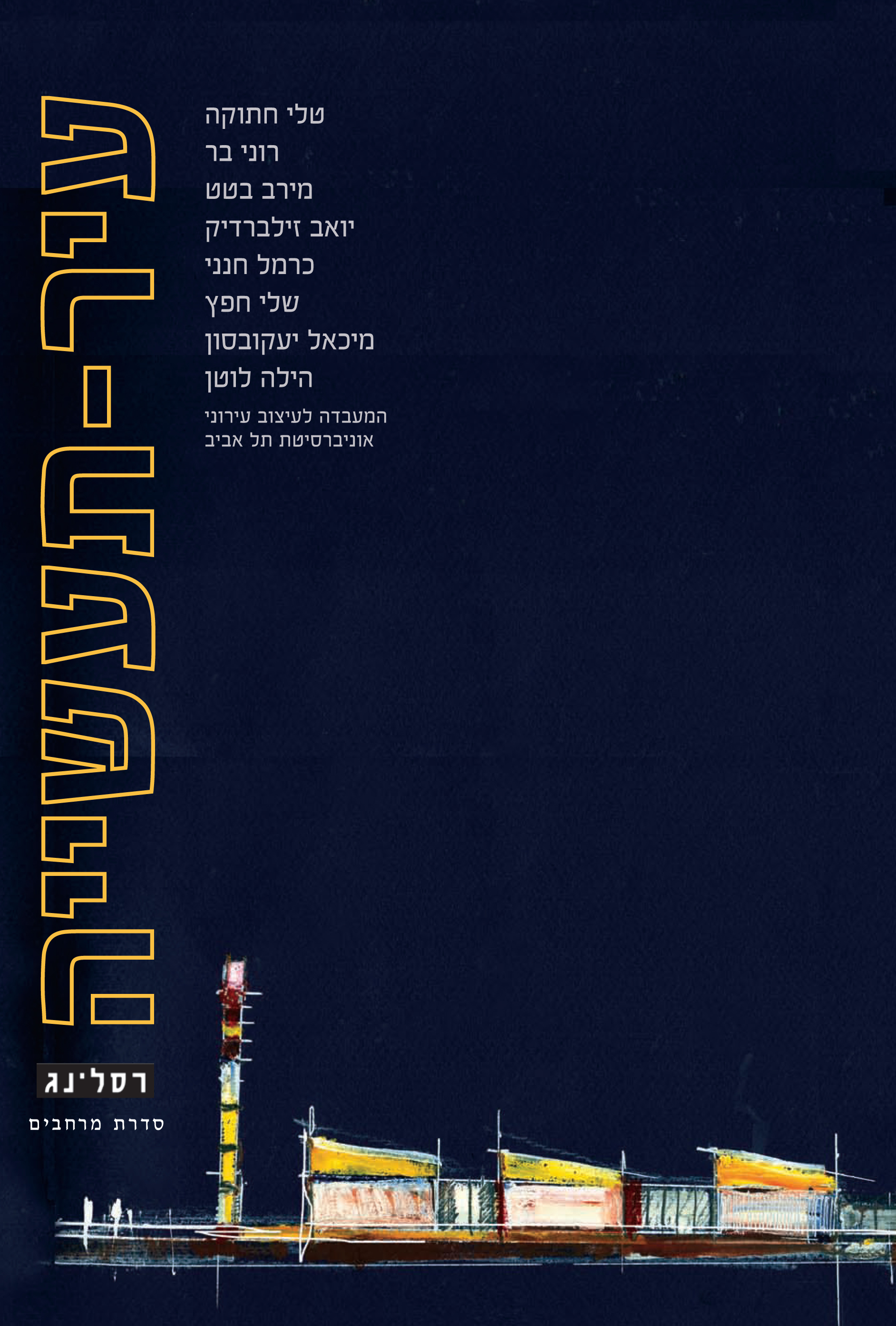Published November 2014
Authors: Tali Hatuka, Roni Bar, Merav Battat, Yoav Zilberdik, Carmel Hanany, Shelly Hefetz, Michael Jacobson, Hila Lothan
Resling
Industrial areas have been receiving renewed attention due to various contemporary dynamics: (a) changes in production methods and the decline of heavy, polluting, traditional industries in favor of advanced manufacturing processes with less environmental impact; (b) urban growth and a constant search for land reserves for housing, employment and commerce; (c) changes in resource availability and energy costs, which require policy makers to rethink the need to transport goods over long distances; and (d) decentralization of powers from the national to the local sphere, accompanied by intense competition among cities seeking to attract investors as part of their local economic development plans.
These trends challenge the traditional planning model that advocates zoning, thereby separating industrial areas from residential ones. The project “City-Industry Dynamic in Israel” seeks to address this challenge by offering a new way of conceptualizing the city-industry relationship. The project includes two key phases: 1. mapping and analyzing industrial areas throughout Israel with a focus on the physical, economic, social and political relationships and interfaces between the city and industry; 2. developing ideas for new types of city-industry interfaces that better suit contemporary life and industrial development.
Download:
Press Publications:
- “The Laboratory for Contemporary Urban Design offers a new vision for integrating industry into urban space”, Tel Aviv University website, April 2014
- “Re-Mixing the City”, by Israel Fisher, The Marker Magazine, February 2014.
- “Housing is not Enough”, by Tali Hatuka, Urban Regeneration: The Next Step, Conference News, November 2013.

